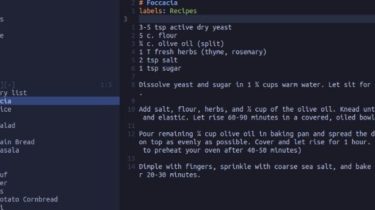The REST API and control panel powering UCC Netsoc’s services available to members of the society
GitHub – UCCNetsoc/cloud: Micro cloud VPS & container hosting system (visit https://tutorial.netsoc.co to use) Micro cloud VPS & container hosting system (visit https://tutorial.netsoc.co to use) – GitHub – UCCNetsoc/cloud: Micro cloud VPS & container hosting system (visit https://tutorial.netsoc.co…
Read more








